Getting Insurance for Second Hand Vehicles
Mar 17, 2021 7:43 PM The increasing popularity of used cars can be ascribed to dwindling incomes for majority of Philippine households during these present times. Because the structural/mechanical integrity of these preowned cars is uncertain, getting a car insurance for them is not a matter of option, but of necessity. Having an insurance, therefore gives the owner a sense of security especially in the event of car breakdowns or road mishaps.
The increasing popularity of used cars can be ascribed to dwindling incomes for majority of Philippine households during these present times. Because the structural/mechanical integrity of these preowned cars is uncertain, getting a car insurance for them is not a matter of option, but of necessity. Having an insurance, therefore gives the owner a sense of security especially in the event of car breakdowns or road mishaps.
For used car owners, insurance for their newly bought vehicles can be obtained by:
1. Retaining the old car insurance policy
When the used car changes hands, its accompanying insurance policy doesn’t get transferred automatically. As long as the insurance is active, it can be transferred to the new owner’s name once the sale is completed. Prior to processing the transfer, the original owner has to coordinate with the insurance provider and secure its approval for the transfer.
Once approved, the insurer can issue an endorsement reflecting the name of the new policyholder, who will then be required to pay the premiums. Subsequently, the new owner is entitled to file a claim should his/her second-hand car figure out in an accident and needs to be repaired.
2. Buying a new policy
It must be remembered that not all used cars can be insured. Because of the shadow of uncertainty associated with them, second hand units are subject to a more stringent evaluation process. Hereunder are criteria used by insurance providers to assess the insurability of purchased used vehicles:
- Age limit– Used cars over 10 years old are not usually granted policies by insurance companies. While older cars in good condition may be considered by some insurers, they will most likely be charged with high premiums.
- Vehicle condition– If a pre-owned car is roadworthy, in good working condition and does not manifest major problems, it can be considered for insurance.
- Vehicle history– Insurance providers likewise considers the car’s past records to evaluate its risk. If a car never figured out in an accident and very little/no repairs had been done, it has better chances of getting insured.
- Modifications– Some car insurance policies don’t cover certain types of vehicle modifications
- Repair costs– Some cars have expensive spare parts which are hard to come by. For units like these, providers are usually hesitant in approving insurance coverage for them.
3. Finding the Ideal Insurance Coverage for your Used Car
For owners opting for a new policy for their used cars, a higher premium will most likely be charged by the insurer. Owing to the inherent risk of insuring used cars, optimum care must be done to find ideal coverage. Shown below are factors to consider:
- Roadside assistance– This is suggested for second hand cars which have a greater risk of breaking down while on the road. It gets you covered during an emergency like engine overheating, vehicle stalling, and road accident.
- Vehicle loss or theft – This coverage is also ideal if your car has no anti-theft devices installed or if you don’t have the budget to install one.
- Comprehensive coverage – If a used car is over 10 years old and will not fetch a fair price in the market, it makes no sense to get comprehensive insurance for it.
Upon considering the abovementioned factors, the new owner can gather premium quotations from several insurance companies, compare these and select the insurance policy that will give him the best value for his money. He can then prepare necessary documents (i.e., vehicular specifications, make, model, year, plate number etc.), car photos, official receipt and certificate of registration and submit them to the insurance company.
A representative of the insurance company will inspect the condition of the second-hand car. Once approved, a new insurance policy will be issued to the new owner. Happy driving!
